I have a .NET Core WebAPI my React UI is calling to Authenticate Users. It calls a 3rd Party API for this. Everything works fine but we have started to do Performance testing on it and it is not scaling well when we ramp up the Users attempting to log on concurrently. (taking 30 secs)
The 3rd Party API we call are saying they are responding in milliseconds.
My API is hosted in Kubertnetes container on AWS. I have added AWS X-ray to the code to try and get further information though I am not really sure on how to interpret the results.
The code is quite straightforward - This is a snippet from MyAuthenticationProvider class (the constructor takes a metric collector (for AWS X-Ray and and securityProvider http client for making the call)
metricCollector.StartCollection("Stage 1");
HttpResponseMessage response = await securityProvider.SendAsync(requestMessage);
metricCollector.EndCollection();
The X-Ray image for the above code is:
Is X-Ray showing that it is indeed waiting 30+ Seconds for this API to return a response and I should reach out to that company for further investigation on there side even though they are telling me all traffic is getting responded too in milli-seconds.
Or could it be how I have defined the http client used in MyAuthProvider class in Startup.cs that is not scaling correctly when the concurrent users ramps up?
This is the code for that in Startup.cs
services.AddTransient<IMyAuthenticationProvider>(ctx =>
{
IHttpClientFactory clientFactory = ctx.GetRequiredService<IHttpClientFactory>();
return new MyAuthenticationProvider(
clientFactory.CreateClient("3RDPARTYAUTHCLIENT"),
ctx.GetService<IMetricCollector>());
});
Another thing I was thing to improve performance is introducing Redis to cache some of these responses as they are getting calling multiple times for different operations but the result will be the same
